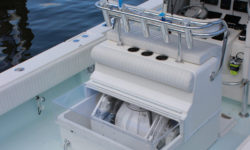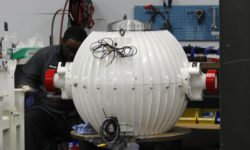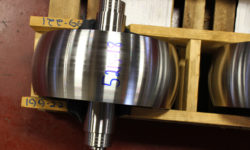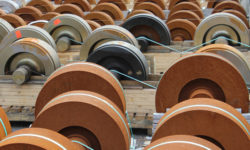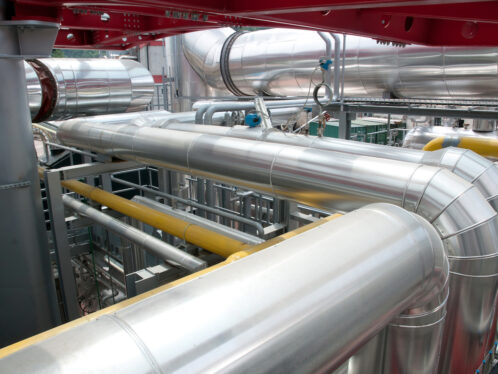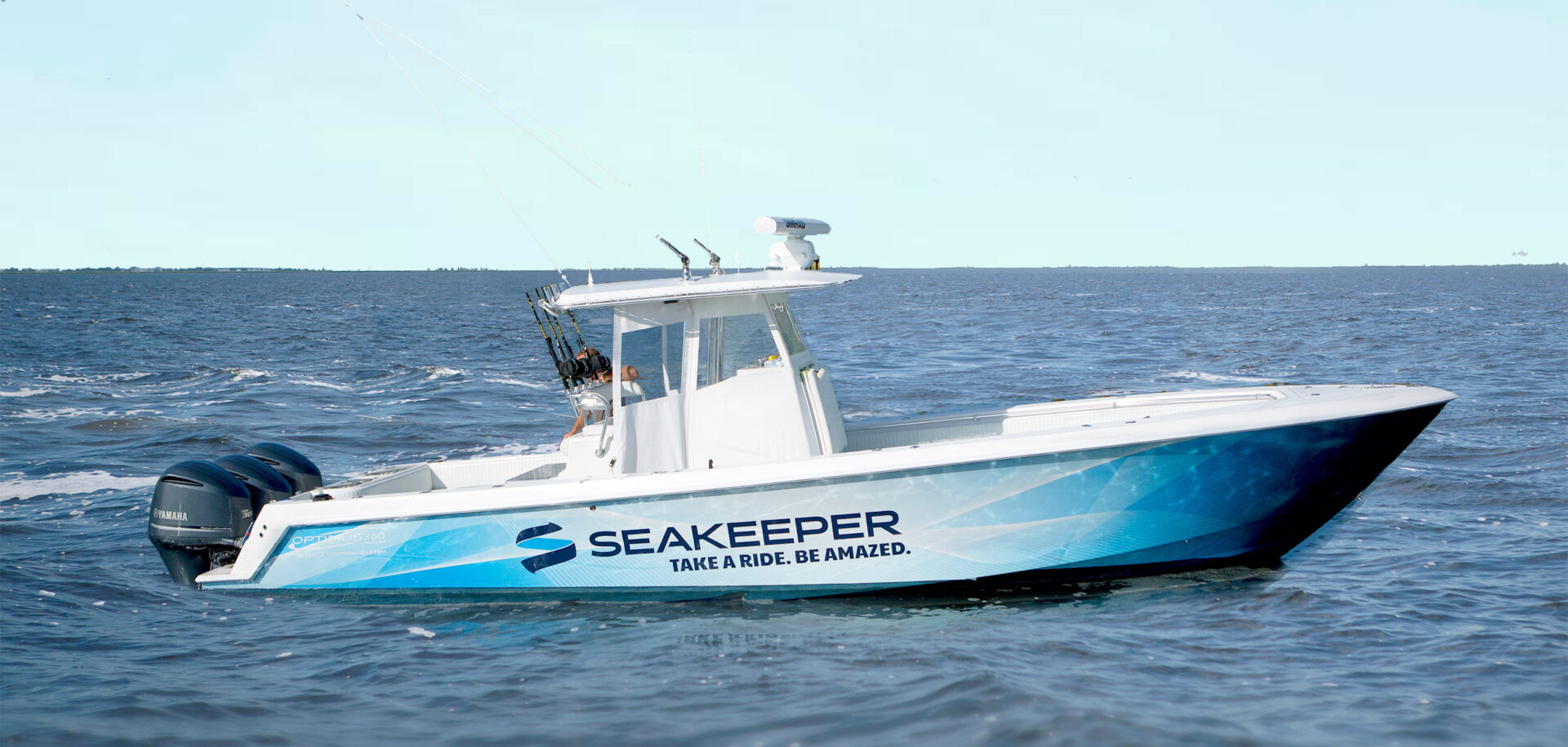
Don’t rock the boat
Imagine having a boat ride that’s as smooth as a train trip or an airline flight. With one high-tech device, an American company aims to transform an essential human experience.
Since ancient seafarers first took to the ocean waves, smooth sailing has been a prized but elusive goal, and seasickness a common hazard. Fishermen, merchants, pirates, yachtsmen – all have had to try to find their sea legs on board rolling boats. Now, a US-based company has set out to change that. Seakeeper Inc. makes a range of gyro stabilizers that keep boats on an even keel by counteracting the tossing of the waves, seemingly by magic. “When you attach the gyro to the boat and the boat rolls, the gyro fights back,” says Shep McKenney, who co-founded the company in 2002 along with John Adams. Both men had backgrounds in developing motion-control systems for boats. “The three basic ways of getting around on the planet are land transportation, aeroplanes and boats,” McKenney says. “The one that has the most disturbing inherent motion and anxiety is boats. In the thousands of years that boats have been around, nobody has ever been able to change that fundamental disorienting feeling of boat roll. What we believe we’re doing is changing one of the essential human experiences. We say that within a relatively short period of time, this will be a must-have item on any boat of any size, simply because it transforms the experience of being on any boat.” Seakeeper manufactures its gyro stabilizers in a complex of red-brick buildings, originally built as a textile mill, in Mohnton, Pennsylvania. Inside the complex, dozens of machinists craft high-tech white spherical devices that resemble solid-metal beach balls. Each device houses a flywheel that spins in a vacuum to reduce friction and power consumption. When installed on a boat, it generates force to counteract the roll of the sea. The flywheels spin at up to 10,700 r/min, or 178 revolutions per second. At that speed, a point on the outside diameter is travelling at about 900 kph. The tolerances of the parts are measured in microns, or a fraction of the thickness of a human hair. “The idea of using a gyroscope to stabilize boats is over 100 years old,” McKenney says. “The difference is that collateral technologies – in automobiles, aeroplanes and spacecraft – have created devices and scientific understanding that we’re able to incorporate into the gyro that makes it something it couldn’t have been even 30 years ago.” He ticks off a list that includes sensors, computers, vacuum technology and bearings. “We’ve felt from the beginning that the biggest single key to this product is bearings,” McKenney says. “It’s what limits how fast you can spin it, how much you can load it, what the life of it can be. It is the heart of the gyro.” Early on, Seakeeper tried using all-steel angular contact ball bearings, but gave up the idea because they operated with too much friction and generated too much heat. SKF’s introduction of sealed super-precision hybrid angular contact ball bearings solved the problem. “These bearings, which didn’t exist until recently, are a huge key to this,” McKenney explains. “The success of this company and this product is a confluence of emerging technologies.” Makers of recreational boats are the largest class of customers for Seakeeper gyros, McKenney says, while retrofits on existing boats make up about 25 percent of the business. Explanations of exactly how the gyro works quickly end up in the thickets of physics and motion dynamics, but Seakeeper co-founder John Adams puts it this way: “When the gyro is disturbed by the rolling motion of the boat, it precesses in a fore and aft tilting motion, and its torque is applied at 90 degrees to that, so it’s trying to cancel out the roll of the boat.” The model that Seakeeper introduced first, called the M7000, was designed for boats in the 12-to-18 metre category, the heart of the recreational market. The company has introduced both larger and smaller models in recent years, and it is currently expanding its offering into smaller outboard power boats. Seakeeper sold about 1,000 gyros in 2015, and it expects to sell 1,500 in 2016. Prices range from around 30,000 US dollars up to nearly 200,000 dollars, with the best-selling model, the Seakeeper 9, going for about 67,000 dollars. Flywheel bearings: Sealed super-precision hybrid angular-contact ball bearings. The bearing rings are made from NitroMax, a high nitrogen stainless steel. The ball material is a bearing-grade silicon nitride, a ceramic compound. Ceramic balls are considerably lighter and harder than steel balls.SKF bearings in Seakeeper gyros
Gimbal bearings: Sealed SKF Explorer spherical roller bearings. These are filled at the factory with the proper amount of appropriate grease, so they remain virtually maintenance-free. A gimbal is a pivoted support that enables the rotation of an object about a single axis.


